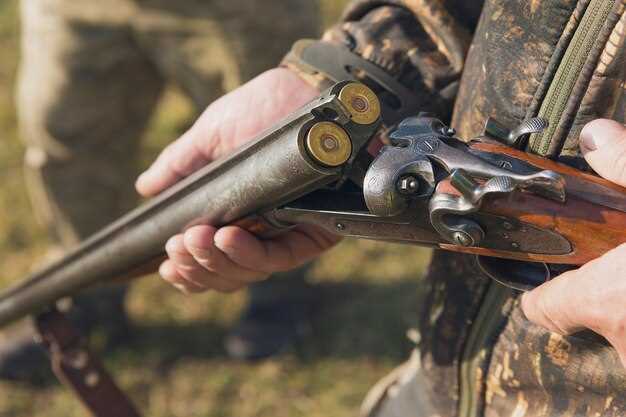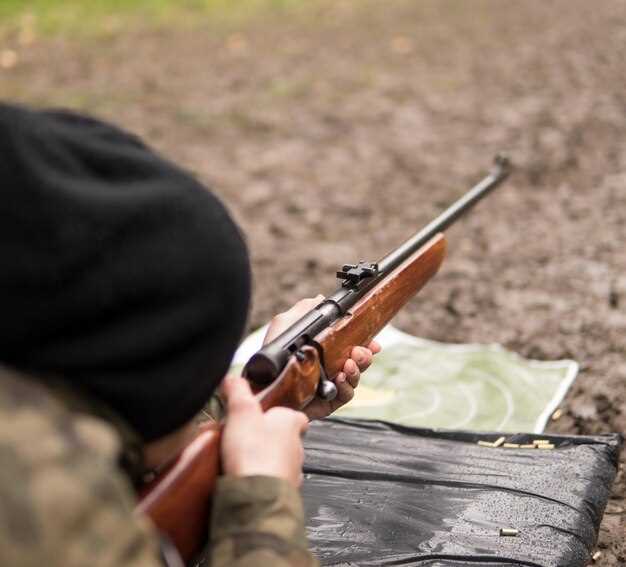
Purchasing your first hunting rifle can be both an exciting and daunting experience for beginners. The world of firearms is vast, and the variety of options available can make it difficult to choose the right one. A well-informed decision can enhance your hunting experiences and ensure that you make the most out of your time in the field.
As a beginner, understanding the fundamentals of hunting rifles is crucial. You’ll need to consider factors such as caliber, weight, and action type, as these elements greatly affect usability and performance. This guide aims to demystify the selection process and equip you with the knowledge necessary to make a confident choice tailored to your specific needs.
Whether you’re aiming to hunt deer, small game, or anything in between, finding a rifle that suits your style and skill level is essential. The right weapon not only improves your chances in the field but also enhances overall shooting enjoyment and safety. In this guide, we will cover key considerations and tips to help you navigate the intricacies of purchasing your first hunting rifle.
Understanding Different Types of Hunting Rifles

For beginners in the hunting community, selecting the right rifle is paramount. The diverse range of hunting rifles caters to various needs, preferences, and types of game. Familiarizing yourself with these options will aid in making an informed decision.
Firstly, bolt-action rifles are a popular choice due to their reliability and accuracy. They operate by manually cycling the bolt to load each round, making them ideal for precision shooting at longer distances. Many experienced hunters praise their performance and extensive range of calibers.
Another common option is the lever-action rifle, which combines historical appeal with functionality. This type features a lever mechanism to chamber rounds, allowing for rapid follow-up shots. Lever-actions are often chambered in traditional cartridges, making them suitable for hunting in thick brush.
Semiautomatic rifles are designed for quick follow-up shots, automating the loading process after each discharge. These rifles are efficient for hunters who may encounter fast-moving game and need to take multiple shots in quick succession. However, they may require more maintenance than bolt-action models.
Single-shot rifles, as the name suggests, are designed to fire one round at a time. They appeal to beginners who prefer simplicity and a focus on marksmanship. Single-shot rifles often come in a variety of calibers and are excellent for learning the fundamentals of shooting.
Additionally, a combination rifle offers versatility, allowing hunters to switch between different calibers or even types of ammunition. This adaptability can be beneficial for those who hunt various game types and want a single solution for their diverse hunting needs.
Ultimately, the right hunting rifle depends on your specific requirements, such as the type of game you intend to hunt and your comfort level with different rifle mechanisms. Understanding these types of hunting rifles will significantly enhance your experience as a beginner and aid in selecting the best option for your hunting adventures.
Choosing the Right Caliber for Your Needs

When it comes to purchasing your first hunting rifle, selecting the right caliber is a crucial step for beginners. The caliber of a rifle refers to the diameter of the bullet or the internal diameter of the barrel. It significantly impacts the rifle’s performance and suitability for specific types of game.
For beginners, it’s essential to consider what type of hunting you plan to do. Different calibers are better suited for various game animals. For example, if you are aiming to hunt small game like rabbits or squirrels, calibers such as .22 LR or .17 HMR are excellent choices due to their low recoil and high accuracy. These calibers allow new hunters to practice their skills without being overwhelmed by heavy recoil.
On the other hand, if you are looking to pursue medium to large game, calibers such as .243 Winchester, .30-06 Springfield, or .308 Winchester are commonly recommended. These offer more stopping power, which is necessary for larger animals like deer or elk. Ensure that you are comfortable with the recoil associated with these calibers, as it can vary significantly.
Additionally, consider the availability of ammunition. Some calibers are more widely produced than others, making it easier for beginners to find ammunition at local stores. It’s advisable to choose a caliber with readily available ammunition to avoid frustration while planning your hunting trips.
Training and practice are also key components in determining the right caliber. Spending time at the range with a familiar caliber can boost confidence and improve your marksmanship. Many hunters recommend starting with a moderate caliber; as your experience grows, you can confidently transition to larger calibers if needed.
In summary, when selecting a caliber, think about your specific hunting needs, the type of game you will pursue, your level of comfort with recoil, and the availability of ammunition. Taking these factors into account will help you make a well-informed decision for your first hunting rifle, setting you up for a successful hunting experience.
Legal Considerations and Safety Training for Beginners
When purchasing your first rifle, it is crucial to understand the legal framework that governs firearm ownership. Laws vary significantly between states and countries, so it is essential to research the specific regulations applicable in your region. Beginners should familiarize themselves with the requirements for obtaining a firearm license, background checks, and age restrictions. Additionally, be aware of any necessary permits for transporting a rifle and local laws regarding storage and usage.
Safety training is another vital aspect for beginners. Engaging in a responsible shooting course will equip you with the knowledge necessary to handle a rifle safely. Courses often cover essential topics such as proper loading and unloading, correct shooting stance, and the importance of maintaining situational awareness. Understanding firearm mechanics and practicing safe handling procedures reduces the risk of accidents and ensures a safer experience for everyone involved.
Moreover, many jurisdictions require completion of a safety course as part of the licensing process. Even if not mandated, taking the initiative to enroll in a class demonstrates a commitment to responsible firearm ownership. Look for courses that are accredited and taught by experienced instructors to ensure you receive quality education.
In conclusion, beginners must prioritize understanding legal considerations while also engaging in comprehensive safety training. This dual approach not only fosters responsible ownership but also enhances the overall experience of hunting and shooting.
